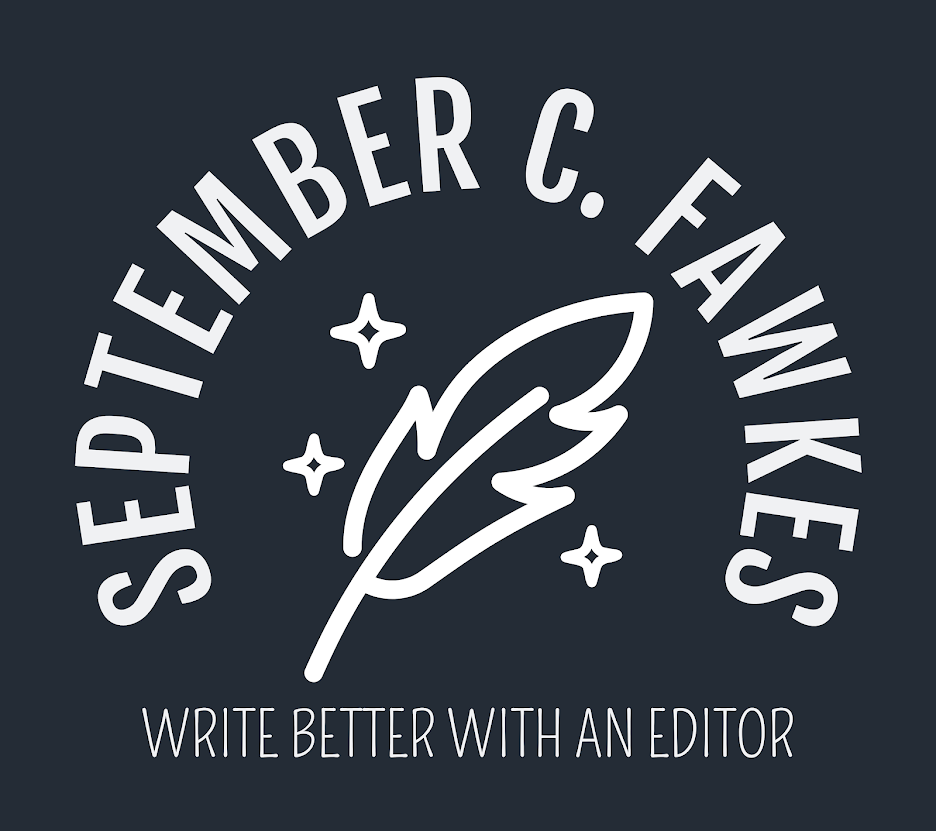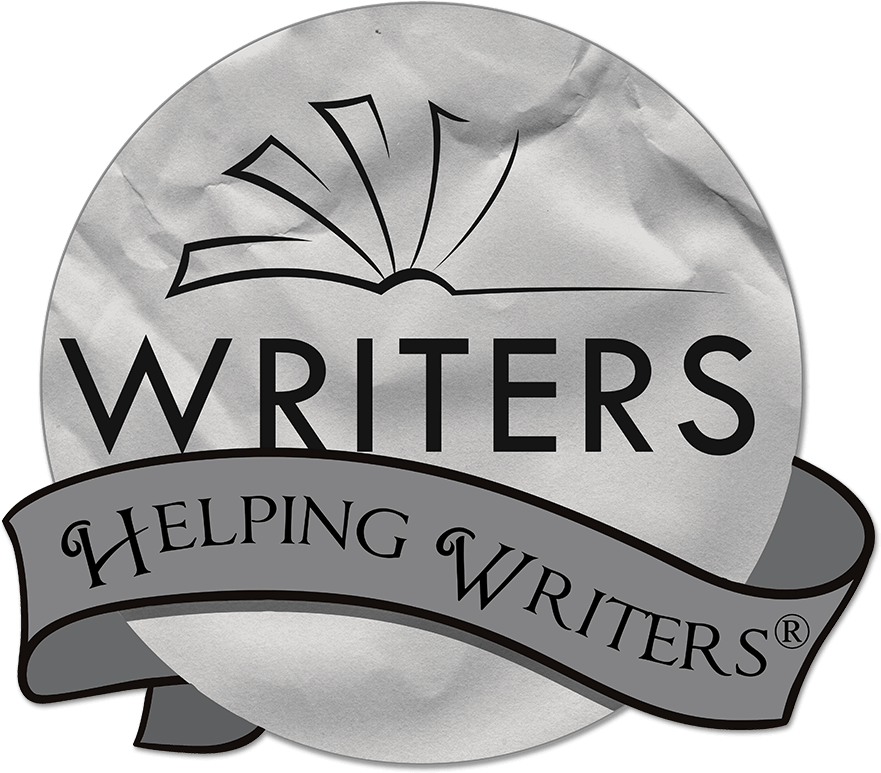Previously, I went over what a protagonist actually is (and what it isn't), and I gave some defining attributes to help you determine if your character is truly the protagonist. So it only seems natural that I do a follow-up on something similar: what an antagonist truly is.
Of course, though, not all antagonists are characters. Some stories may not even have an antagonistic person. The antagonist could be nature, like a hurricane or a disease. It could be technology, like a computer virus. It could be a religion. With that said, though, many stories do have an antagonistic character.
Villain vs. Antagonist
We often think of the antagonist as the "bad guy," the villain. And frequently she is. But just as I pointed out that not all protagonists are heroes, not all antagonists are villains. The antagonist does not need to be "bad." A loving family member, friend, ally, significant other, or pet could actually be an antagonist. Technically, a hero could be the antagonist. This is exactly how Death Note is set up. The bad guy/villain is the protagonist. And the good guy/hero is the antagonist. The role has nothing to do with morals.
What is an Antagonist?
At the most basic level, an antagonist is this: Something in the way of the protagonist's objective. The protagonist has a goal (or he should), and the antagonist is whatever is opposing, whatever is creating obstacles, or whatever is causing resistance to that. What the antagonist is doing is opposing what the protagonist is trying to do. Its pathway gets in the way of the protagonist's.
This can be very obvious and direct, or it can be less obvious and less direct. In a superhero story, the protagonist's goal may be to defeat the antagonist, while the antagonist's goal may be to defeat the protagonist. They are in direct opposition to each other. And they can't both have what they want.
It could also be a step further out. Both characters want to win the gold medal in a sports competition. There can only be one winner. So the protagonist's competitor becomes the antagonist, even if that person is a "good guy" or a brother. They can't both get the goal. Their objectives clash.
It could be a step even further out. In Shrek, Farquaad does not even know Shrek exists. He wants to be rid of fairytale creatures, so he is sending them to Shrek's swamp. Shrek's objective is to live alone in his swamp, so naturally, having a bunch of creatures show up opposes his goal. Shrek and Farquaad are not "against" each other as people (at least not yet), but Farquaad's goal is opposing Shrek's, so he's antagonistic.
Because a protagonist's goal can technically change, so can the antagonist, since the antagonist is what opposes the goal. And realistically, any book, film, or play is actually going to have lots and lots of antagonists. Often there is a main antagonist, but there will likely be a lot of other antagonistic forces in the story.
For example, in Harry Potter, we often think of Voldemort as the main antagonist. But in a lot of the books, the antagonists of the first act are actually the Dursleys. They oppose whatever Harry is trying to do--whether he's trying to open a mysterious letter addressed to him or return to school. When he gets to school, often Malfoy, Crabbe, Goyle, Snape, and Peeves become his antagonists.
When you understand this basic definition and function of the antagonist, and understand that you actually need multiple antagonists, you'll begin to write much stronger plots.
Antagonists: Worldbuilding & Character vs. Plot
When we think about who the main antagonist is, we often answer from a "worldbuilding" or "character" perspective. For example, if I asked you who the main antagonist was of KPop Demon Hunters, you would tell me Gwi-Ma. He is the entity that wants to consume human souls. He is the "big baddie" (not that an antagonist has to be bad) of this "world." He is the one that Rumi and Huntrix as a whole are fighting.
Or is he?
Certainly Huntrix views Gwi-Ma as the force they need to thwart, but from a plot perspective, you may notice something.
Gwi-Ma doesn't actually really do much to oppose the girls.
While I hesitate to say this, because I don't want to add more confusion to the writing community . . . if you actually look at the story from the plot perspective--and an antagonist is really more of a plot element, not a worldbuilding or character one--it's really Jinu.
Jinu is the one who comes up with a specific, concrete goal, its plans, and takes actions that oppose Huntrix. While he's not the "big baddie," technically, from a plot perspective, I would say he is the "main antagonist."
On a personal note, though, I wouldn't actually say this in a basic conversation, as it would likely just lead to confusion. But if I were the author of the story, I would find it more helpful--in fact, most helpful--to view Jinu as the "main antagonist."
From a plot perspective, he is the one who is actively carving out a pathway that is creating obstacles and resistance to Huntrix. The Saja Boys lend him strength (as part of his collective), but he is the one doing the most "antagonism" in the story.
Similarly, as I also covered in my Twilight post, if I were to ask someone who the main antagonist of Twilight was, most people would probably say James, who shows up and wants to hunt Bella in Act III. And he certainly is a major antagonist, for the last act. He is the "bad guy" character in this "world."
But the truth is, from a plot perspective, the main antagonist is Edward himself. It's his vampiric nature. This is why, if you look at the story, the climactic moment doesn't actually hinge on defeating James, it hinges on Edward defeating his vampiric nature--him finding the strength to suck the venom out, without killing Bella.
So from a plot perspective, Edward is both the protagonist and main antagonist of the book. He wants to be with Bella, but his vampiric nature also wants to drink Bella--that is the biggest tug-of-war in the story, and it runs through every act. (Though this is not to say that every major antagonist needs to run through every act--I mentioned Harry Potter as an example that doesn't). This is the major setup of the story that makes it interesting to readers (regardless of how clumsy its execution gets).
I'm not going to say looking at the antagonist from a "worldbuilding" or "character" perspective is "wrong," however, for a writer, it's actually often more useful and accurate to look at it from the perspective of plot.
At its core, the antagonist is a plot element. This is exactly why the antagonist does not technically need to be a person or even a major entity of the "world." The antagonist is also often referred to as the "antagonistic force," because it is a force first and foremost. And by definition, a "force" is "strength or power exerted upon a person." It is the strength of opposition to the goal.
A true antagonist isn't just a "bad guy" or a heckler.
If the antagonist is a character, then what she is doing is creating opposition to what the protagonist aims to do--however direct or indirect that may be.
If you understand that antagonism is a plot element, you'll likely be much better off.
Of course, it can also be useful to create an antagonistic character or entity in your "world."
But if you don't have an actual antagonistic force in the plot, it won't matter how "mighty" that character or entity of the "world" is. The story will feel off. It will feel weak.
We can't have the same KPop Demon Hunters without Jinu, even if there is a Gwi-Ma.
Is your "antagonistic character" truly the antagonist? Is he creating resistance to your protagonist's goal?
If not, he may be a minor annoyance or "bad guy," but not enough to be a legitimate antagonist.
























0 comments:
Post a Comment
I love comments :)